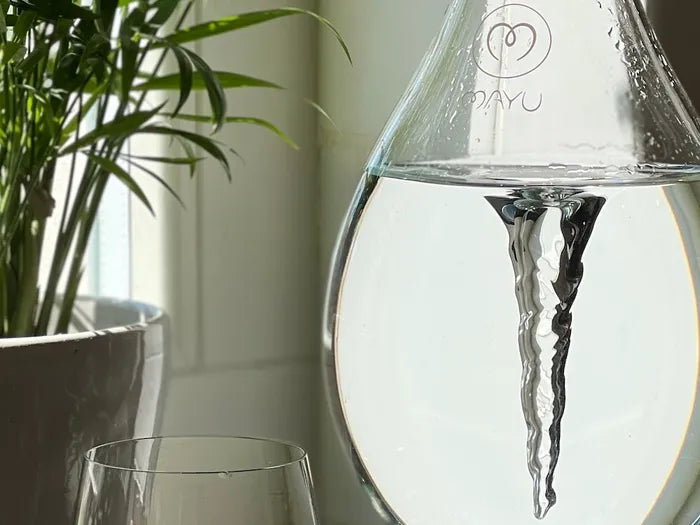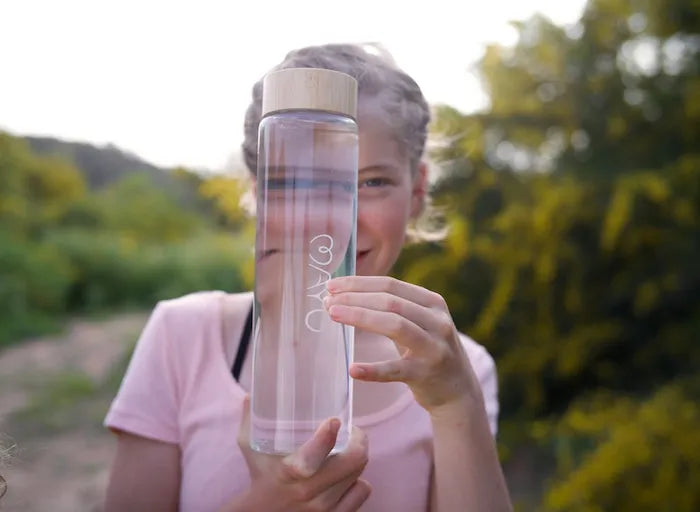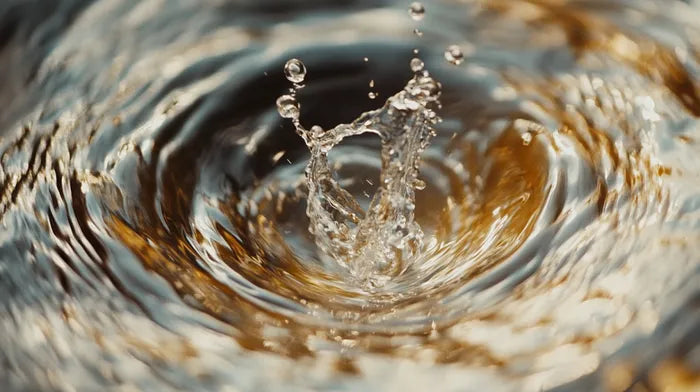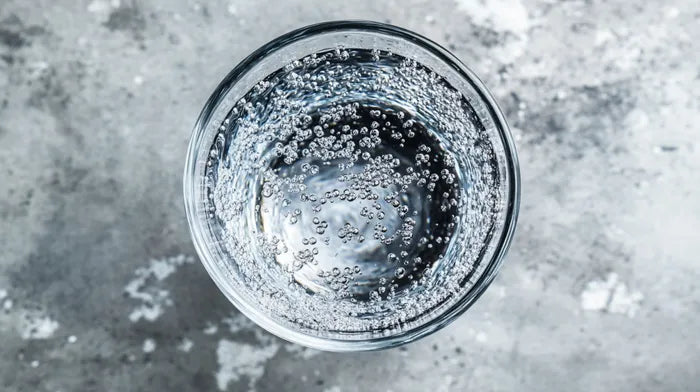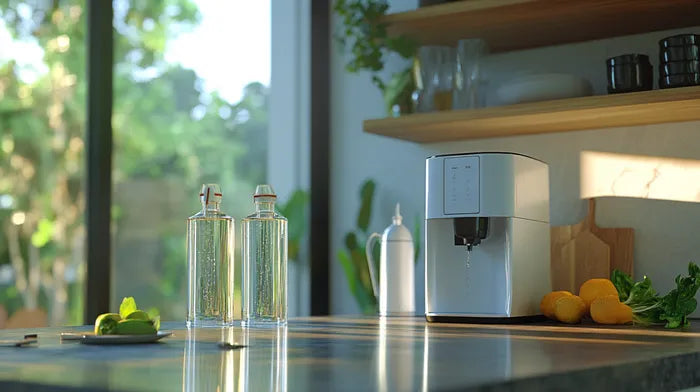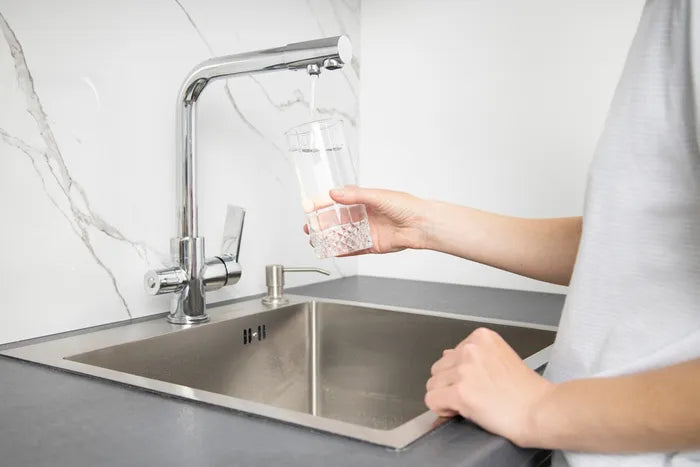Does Reverse Osmosis Remove Lead & Other Harmful Chemicals?
Concerned about lead and other contaminants in your water? Find out if reverse osmosis is the solution you need.
Published January 15, 2025

The tap water you drink every day, seemingly clear and innocuous, could be harboring hidden dangers. Lead, a neurotoxin with devastating effects, especially on children, can leach into water supplies from aging pipes.
But lead is not the only threat. Industrial chemicals like PFAS, linked to serious health problems, including cancer and immune deficiencies, are increasingly being detected in municipal water sources across the country.
The very act of hydrating, a fundamental human need, can feel like a gamble. Are you truly protecting your family or unknowingly exposing them to a cocktail of harmful substances with every glass?
This article delves into the science of reverse osmosis (RO) filtration, exploring its effectiveness in removing lead, PFAS, and other contaminants. It will give you crucial insights if you're seeking defense against these unseen threats.
» Worried about lead in your water? Check out the Full Cycle Method
How Reverse Osmosis Works
Reverse osmosis systems operate on the Solution-Diffusion Model. They absorb molecules onto the membrane surface, move them through the membrane, and release them on the other side.
The membrane’s properties and operating conditions influence these steps. With pore sizes of 0.1 to 1 nm, reverse osmosis membranes are highly selective and effectively remove even the smallest ions, producing demineralized water.
Re-Filtration: Water passes through a sediment filter to remove dirt and rust, followed by a carbon filter to eliminate chlorine and organic contaminants.
Pressure Application: High pressure pushes water through a semipermeable membrane.
Filtration through Membrane: The membrane allows only water molecules to pass, blocking dissolved salts, heavy metals, and bacteria.
Wastewater Discharge: Impurities are flushed away as wastewater (brine), usually 3–4 times the volume of purified water.
Post-Filtration: Purified water goes through another carbon filter to enhance taste and remove residual impurities.
Storage: Clean water is stored in a tank for use.
Final Filtration (Optional): Before dispensing, water may pass through a final polishing filter for improved purity and taste.
» Tap vs. reverse osmosis filter: Find out which is better
The Dangers in Your Drinking Water
Historically, lead has been used in various applications, but even low exposure levels pose significant health risks. Despite its removal from major sources like gasoline and paint, lead remains a concern in drinking water due to aging infrastructure.
Other contaminants, such as arsenic, PFAS, and bacteria, enter drinking water through natural sources, industrial discharge, and inadequate sanitation. Arsenic leaches from soil and rock, PFAS persists due to industrial use, and bacteria stem from untreated sewage.
The risks of these contaminants include:
Pregnancy Complications: Lead exposure during pregnancy can cause miscarriage, high blood pressure, preterm birth, and low birth weight. Fetuses and children absorb lead easily and excrete it poorly, making them highly vulnerable.
Neurodevelopmental Effects: Early lead exposure reduces IQ, impairs memory, and causes behavioral issues. Even low levels disrupt brain development, leading to lasting cognitive damage.
Cardiovascular Risks: Lead exposure raises risks of high blood pressure, heart disease, and stroke by damaging blood vessels and increasing inflammation. It caused 1.5 million deaths globally in 2021.
Kidney Damage: Long-term lead exposure damages kidneys, reduces filtration rates, and worsens chronic kidney disease.
» Want a more convenient solution? Choose the best water filter pitcher
What RO Filters Can Remove
RO systems effectively remove:
- Heavy metals (lead, arsenic, mercury, cadmium)
- Microorganisms (bacteria, viruses, protozoa, pathogens)
- Harmful chemicals (pesticides, herbicides, VOCs)
- Nitrates, sulfates, and fluoride
What RO Removes Besides Contaminants
RO water treatment effectively removes contaminants, but it also strips water of essential minerals like calcium, magnesium, potassium, and fluoride.
- Calcium is crucial for strong bones, muscle function, and nerve signaling. Insufficient calcium intake can lead to weakened bones, osteoporosis, and problems with muscle and nerve function.
- Magnesium is vital for energy production, muscle relaxation, and heart health.
- Potassium plays a key role in maintaining cell function and fluid balance.
- Sodium, while often viewed negatively in excess, contributes to electrolyte balance and nerve function.
- Fluoride, commonly added to municipal water to strengthen teeth, is also removed during RO treatment.
RO water often tastes flat or bland because it lacks the minerals that naturally give water flavor. While RO water hydrates effectively, the lack of minerals can reduce its nutritional value. Long-term consumption of demineralized water may lead to mineral deficiencies and potential health complications.
What to Know Before You Buy an RO Filter
If you have or are thinking about an RO system, here’s what to keep in mind:
- Water Pressure: It pushes water through the filter. You need the right amount (40-100 psi). Too low, and it won't work well. Too high, and you could damage it. You might need a pressure booster or regulator.
- Membrane Quality: The membrane is the key. Better quality means better filtering of things like heavy metals and salts. Better materials mean it lasts longer, especially with rough water.
- Incoming Water Quality: What’s in the water before filtering matters. Sediment or chlorine can damage the membrane. Pre-treating the water is sometimes necessary.
- Temperature and pH: These also affect how well it works. RO systems prefer water between 5-45°C (41-113°F) and a pH of 6-8. If it’s outside these ranges, it won't work as well.
» Find out if you can reuse your reverse osmosis filter
Bought an RO FIlter? Here's how to Maintain it
To keep your RO system working well for a long time, you need to do some regular maintenance. Here’s what’s important:
- Change Filters Regularly: Replace the pre-filters (sediment and carbon) every 6–12 months. This protects the main RO membrane from getting clogged or damaged by chemicals like chlorine.
- Clean or Replace the Membrane: The RO membrane itself should be cleaned or replaced every 2–3 years, depending on your water quality. Over time, minerals and bacteria can build up and make it less effective. Cleaning it with approved solutions helps it keep removing things like lead and PFAS.
- Sanitize the System: Once a year, sanitize the whole system to prevent bacteria and buildup that can affect your water quality. Use food-grade disinfectants and follow the instructions from the manufacturer to avoid damaging anything.
- Check Your Water Quality: Regularly test your filtered water for TDS (total dissolved solids) and other contaminants to make sure the system is still working as it should. If the TDS suddenly goes up or you find contaminants, it’s time for maintenance or new parts.
» Find out if filtered water is better than bottled
Making the Right Choice for Clean Water
We've looked into RO filtration to answer a key question: can it effectively remove lead and other harmful chemicals from drinking water? As discussed, seemingly clean tap water can hide risks, from lead to chemicals like PFAS. This uncertainty about water safety demands reliable solutions.
We also saw how RO systems clean your water such. By forcing water through a membrane with tiny pores, they effectively trap many contaminants, including salts, heavy metals (like lead and arsenic), microorganisms, and PFAS. But while RO removes beneficial minerals, it also strongly protects against unseen waterborne dangers.
So, can RO remove lead and other harmful chemicals? Yes. While maintenance, membrane quality, and mineral removal are important, RO filtration is a robust option for those seeking safer drinking water. For many, the peace of mind is worth the investment.
If you're looking a complete solution, MAYU offers its Full Cycle System, which addresses the mineral removal aspect of traditional RO. The process not only filters out contaminants but also reintroduces essential minerals for improved taste and potential health benefits.
Disclaimer: The information published by MAYU Water is not a substitute for the expert knowledge, advice, and recommendations of trained professionals. We strongly recommend consulting with industry experts and primary or scientific sources before making any health, research-related, or other important decisions.












